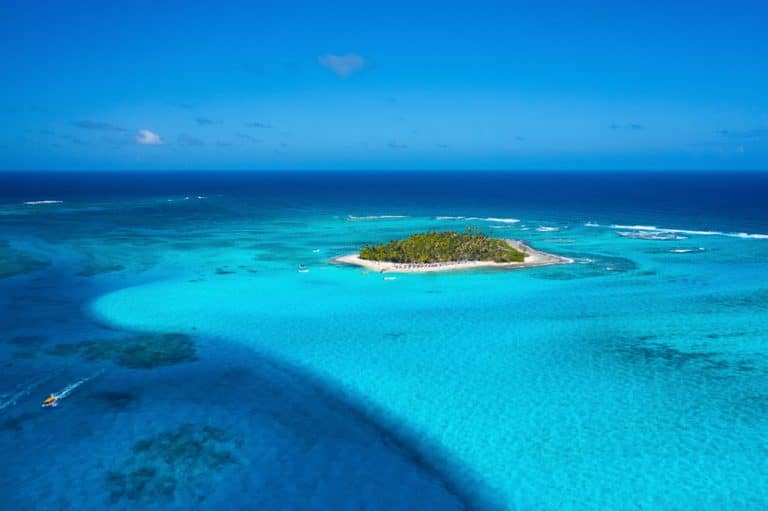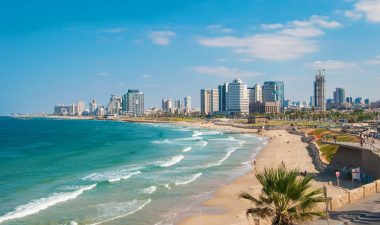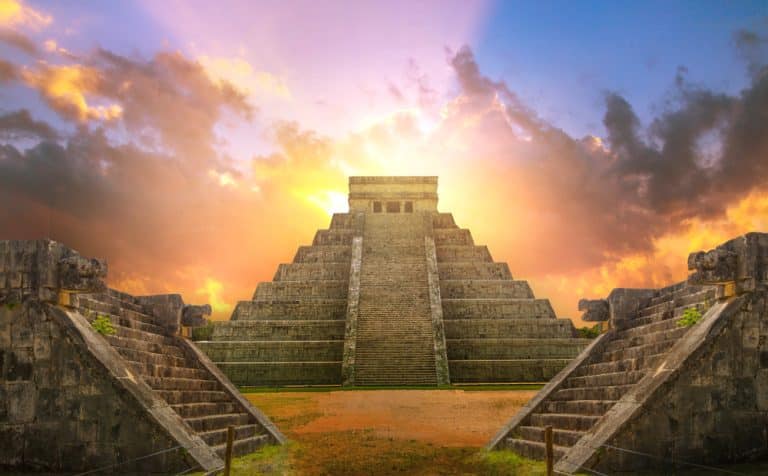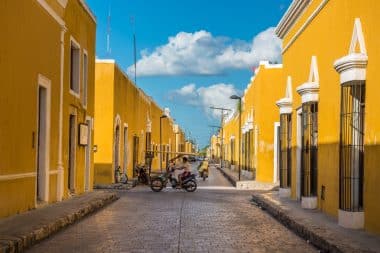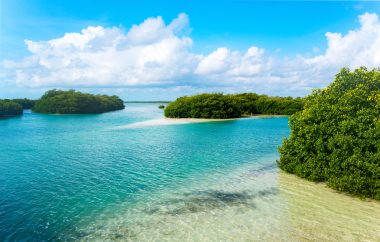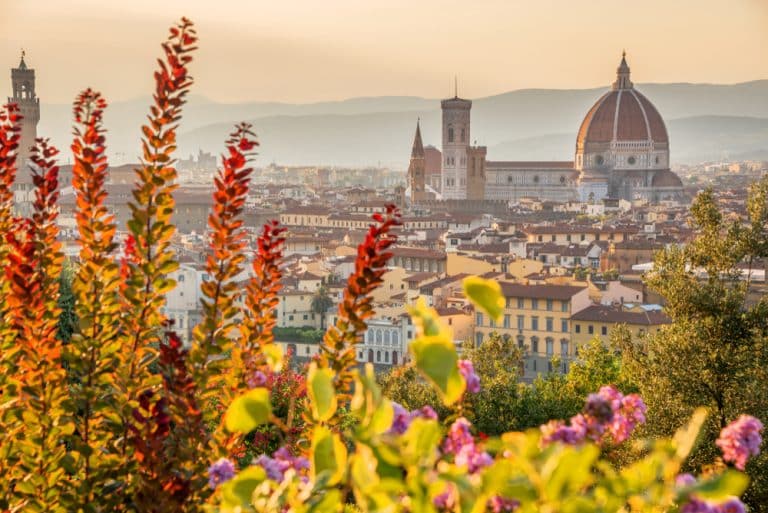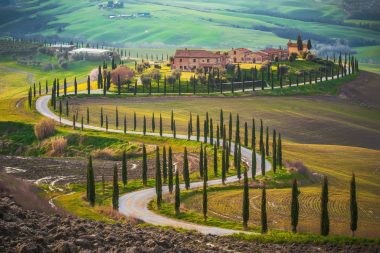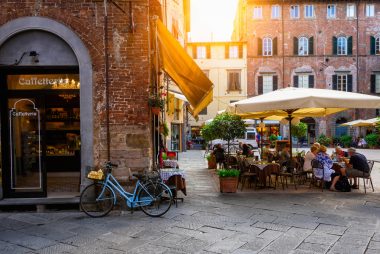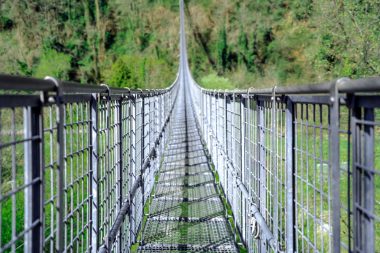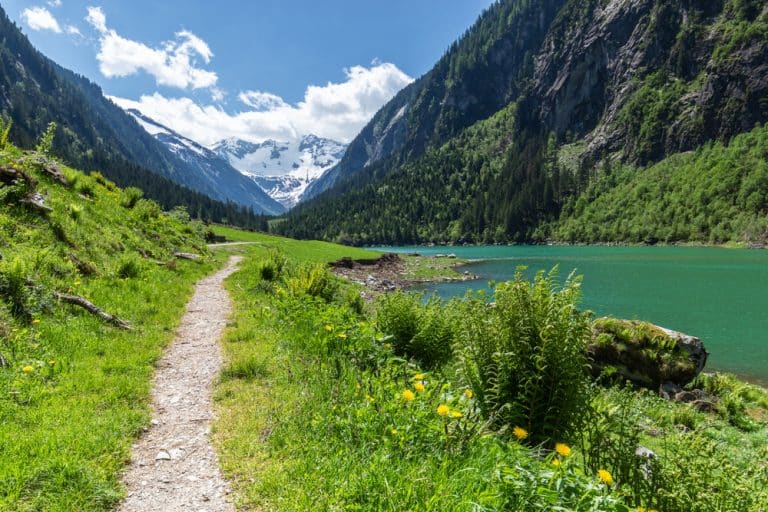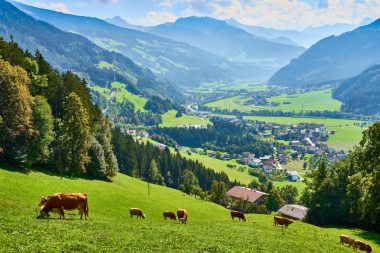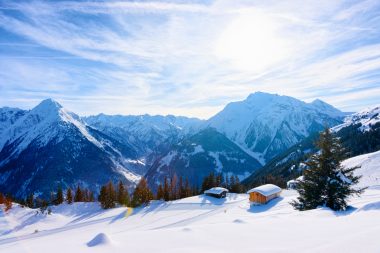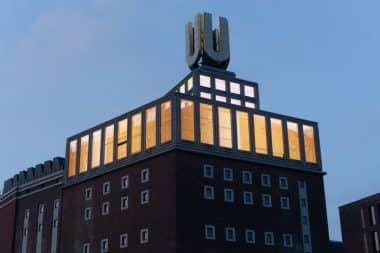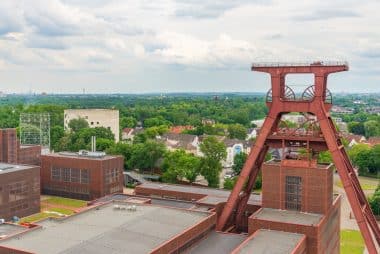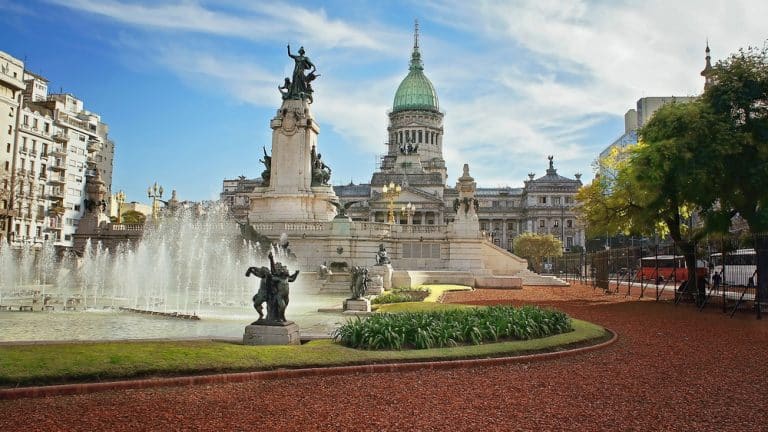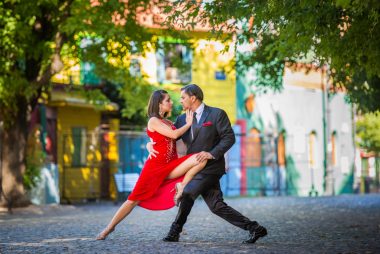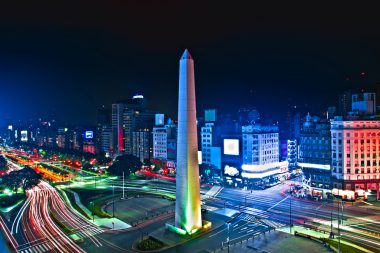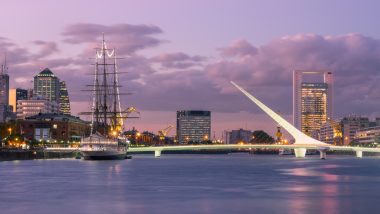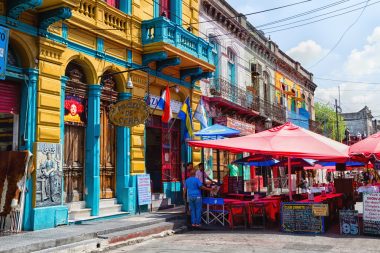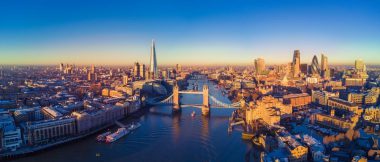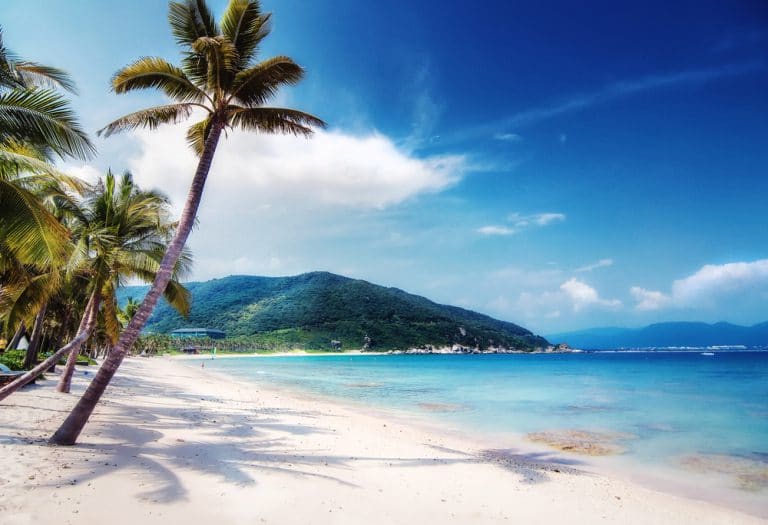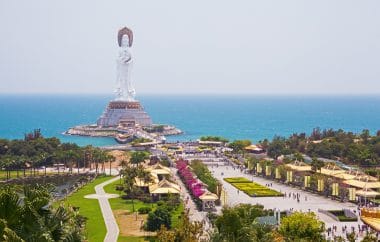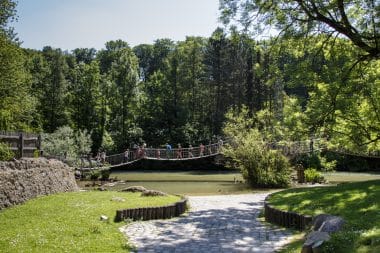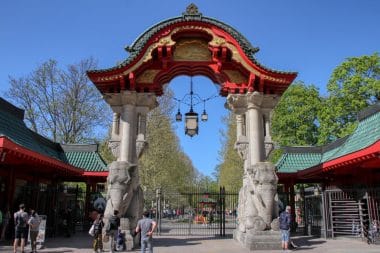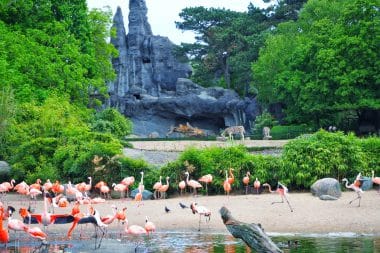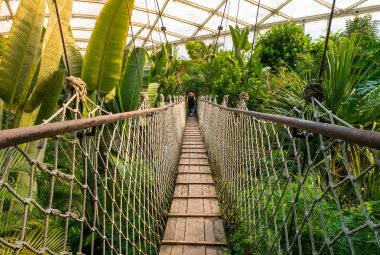Fancy more? Then off to San Andrés (span. Isla de San Andrés). Although the coral island is only 12 km long, 3 km wide and has a total area of only 24 km², in this small paradise various influences of English and Spanish, of pirates and the African people, mix to create a place of cultural richness. Only about 2840 inhabitants live on San Andrés itself.
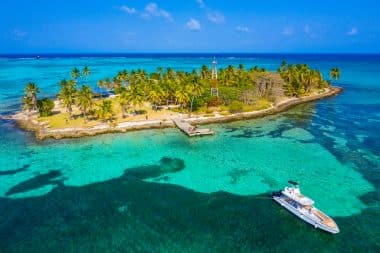
In the high season, however, at least as many visitors are added. The island belongs to the territory of Colombia and is located in the Caribbean Sea about 770 km northwest of the Colombian coast, but only 190 km east of the coast of Nicaragua. San Andrés offers a diverse ecosystem with reefs, geysers, and a mountain range that stretches from north to south, measuring 55 meters above sea level at its highest point. San Andrés used to be an English-speaking island. It was not until the 1970s that the Colombian government decided to make Spanish the official language. In fact, however, you can hear the locals speaking Creole, a special mix of English, Spanish and African dialects.
Seven Color Sea
Visitors from all over the world come to this paradise island in search of perfect sunsets, tall palm trees and crystal clear waters. The sea around the Caribbean island of San Andrés is not called the Seven Color Sea for nothing. The water shines in different shades of blue and there are beautiful sandy beaches all over the island. If that’s not enough, take a boat to the countless small islands around San Andrés.
Spatt Bright
Among the most famous beaches on the island is Spratt Bright, which is located in the commercial area of San Andrés. It is characterized by a waterfront promenade with many restaurants, hotels, bars and shops. A special highlight of this beach – at one point, planes regularly fly past at only a short distance above the visitors, as the airport is located directly behind the last section of the beach.
Rockey Cay
The beach of Rockey Cay is small but nice. A little further out, you can discover the island of the same name, Rocky Cay. This can be reached on foot through the partly chest-deep water. Just a few meters from this island, there is an old shipwreck. The wreck has been providing shelter for various fish species and small sharks for many years.
Johnny Cay

A small island that can only be reached by boat. The beach is full of holidaymakers and under the palm trees there are some small restaurants and bars. The typical sound of the island is reggae and the colors that decorate it are those of the Rastafarian flag. Walking on Johnny Cay means letting yourself be carried away by the rhythm of the music and celebrating together with the islanders.
Acuario
Acuario is a sandy island in the turquoise blue sea. Here it becomes clear why the sea around San Andrés is called the Seven Color Sea: All seven shades of blue are reflected here. On foot, you can easily get through the water to the neighboring sandbank. Acuario is therefore also the absolute (insider) tip for snorkeling. Once around the island and among numerous fish, you also have the chance to see manta rays and sharks. The crystal clear waters are recognized as a natural aquarium, as you can snorkel from the shore even without experience.
West View
In the snorkeling paradise of West View, fish have lost all fear of humans. A ladder leads to a bay on the cliffs. If this is not fast enough for you, you can simply jump in. But beware – the cliffs are higher than you think. It is also home to the Cave of the Mermaid. A unique experience.
Piscinita
La Piscinita is just a few minutes walk right next to West View. This bay also invites you to snorkel and swim. According to a legend, there is still a hidden pirate treasure here. Whoever finds the treasure gets to keep it!
The Pirates of the Caribbean

The influence of the pirates can be felt everywhere in San Andrès. It is therefore very worthwhile to enter the cave of the pirate Morgan. According to legend, the pirate kept the treasures he stole from the Spaniards hidden in this cave. To this day, it is considered undiscovered. Some even claim that the Pirates of the Caribbean lay over the treasure. A visit to the Botanical Garden, which covers an area of 8 hectares in the centre of the island, offers a break from sunbathing. There you can observe the vegetation that has survived since the time of the dinosaurs, as well as other native plants.
Another highlight is the Ecofiwi, the mangrove forest. A wooden path leads through the shade of the tall trees and you can always watch birds. There are also small geysers on San Andrés. However, these only play a minor role, as lizards live around the geysers, which can grow up to almost 2m tall and are very trusting. Culinary experiences also enrich the impressions of the island. If you like, you can go fishing with the fishermen and in the evening you can choose between lobster, fish, crabs and mussels – all freshly prepared. If the 24km² become too small for you at some point, you have the option of driving to the neighboring island of Providencia, 90km away. The island is one of the 10 most wonderful islands in the world. Divers and snorkelers also get their money’s worth here. Turtles, rays and colorful fish frolic in the water.
Coco Loco
Brown rum, orange juice, Malibu and passion fruit juice, that’s how the Caribbean tastes. The Coco Loco is San Andrés’ most popular cocktail and an absolute must if you want to fully immerse yourself in paradise. Due to San Andrés’ location in the Caribbean, the island’s weather is just right for sun worshippers. Temperatures range from 26 to 29°C all year round. Just keep in mind that tourists traveling to San Andrés have to buy a tourist card at the airport on the day of arrival and this can sometimes take some time.
However, once you arrive on the island, you should just let go and enjoy the rhythm of San Andrés, an authentic Caribbean paradise that will enchant everyone, with or without a Coco Loco.


